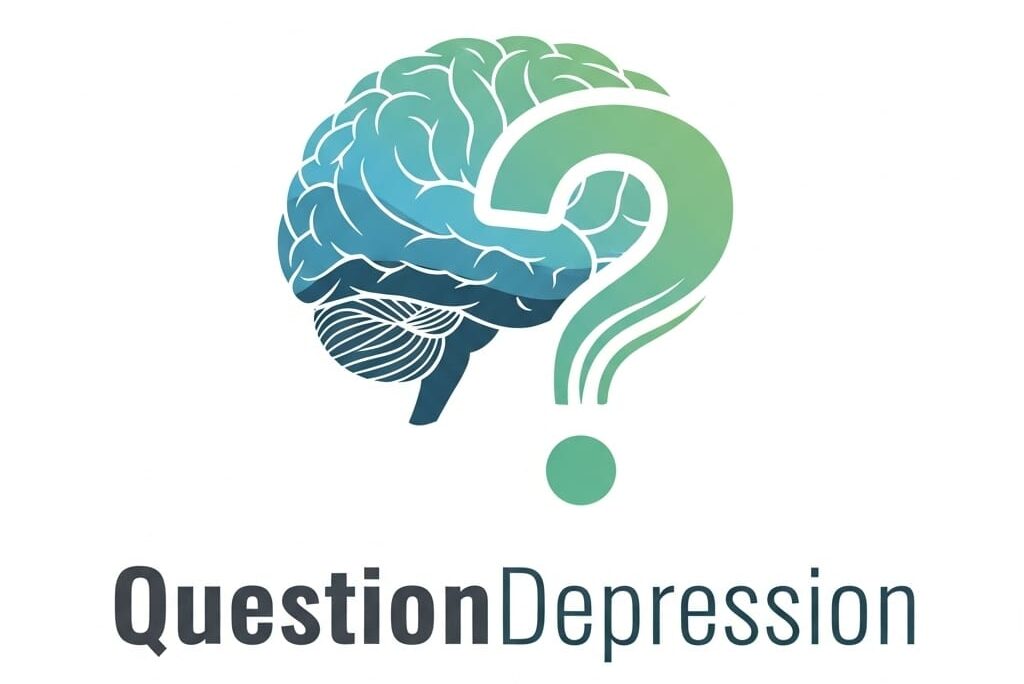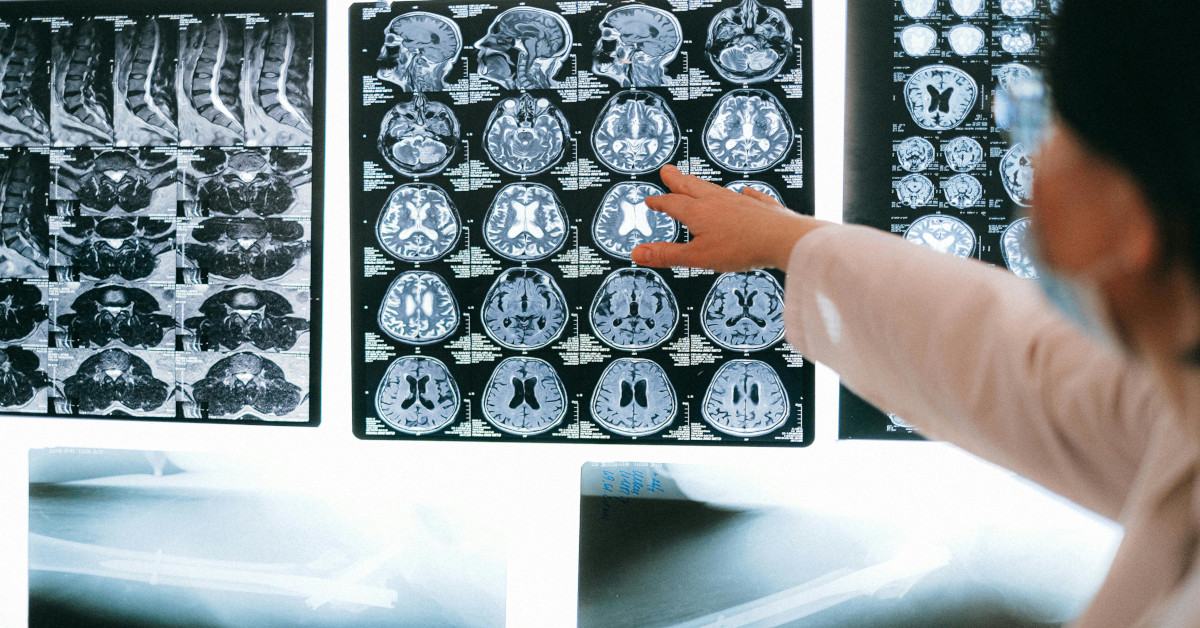My full mindfulness-based cognitive therapy guide can be found at this link.
-
- Objective
MBCT teaches mindfulness techniques to help individuals develop awareness of the present moment without making judgments. This includes their thoughts, emotions, and bodily sensations.
This understanding helps them step out of automatic and negative thought patterns often associated with psychological issues.
-
- How it helps
Depression often involves repetitive, negative thinking (rumination) about the past or future. Mindfulness teaches people to observe their thoughts without getting caught up in them.
-
- Objective
This approach encourages a shift from identifying with thoughts (“I am a failure”) to viewing thoughts as temporary mental events (“I am having a thought that I am a failure”).
This method is known as “decentering” and aids in reducing the power of negative thoughts.
-
- How it helps
Individuals learn that thoughts aren’t facts but mental processes that come and go by creating distance from their thoughts.
This already goes a long way in reducing the intensity of self-critical or negative thinking.
-
- Objective
MBCT incorporates practices like body scans and mindful breathing to enhance awareness of physical sensations associated with emotional states.
This helps to notice physical cues of distress early on.
-
- How it helps
Mood problems often have physical symptoms like tension and lethargy. Becoming aware of these can provide early warning signs of a depressive episode.
Learning to manage these responses helps people address emotional challenges before they have a chance to escalate.
-
- Objective
This method teaches individuals to accept their thoughts and feelings as they are, rather than trying to suppress or avoid them.
This cultivates a compassionate and non-judgmental attitude toward oneself.
-
- How it helps
Depression often involves high levels of self-criticism and shame.
Learning self-acceptance and kindness helps offset these feelings by reducing emotional pain and adopting self-compassion that promotes healing.
-
- Objective
MBCT also encourages us to be mindful of personal “depressive triggers” and recognize early warning signs of relapse.
Individuals learn to spot these clues before symptoms worsen through guided practices and reflective exercises.
-
- How it helps
People can take proactive steps, such as using mindfulness techniques or seeking support, to prevent a full depressive episode by noticing these triggers and signals early on.
-
- Objective
The approach combines mindfulness with cognitive strategies to assist individuals in responding differently to negative thoughts and emotions.
Instead of reacting automatically or engaging in avoidance behaviors, they learn to observe and accept their experiences.
-
- How it helps
Learning to “respond” instead of “react” to destructive reflections and moods allows individuals to break patterns that continue depression, like avoidance or rumination.
This flexibility promotes resilience and reduces the likelihood of psychological difficulties returning.
-
- Objective
Psychological issues often involve rumination, where individuals get stuck in repetitive negative thought loops about the past or future.
MBCT trains people to observe these thoughts non-critically and let them pass without engaging.
-
- How it helps
This frees up mental space and energy for constructive, positive activities by decreasing the time spent dwelling on pessimistic notions.
-
- Objective
This method demonstrates to people how to regulate emotions by becoming aware of them as they arise instead of reacting automatically.
People can manage feelings like sadness or anger in a balanced way with mindfulness practices.
-
- How it helps
Improved emotional regulation helps prevent mood swings and decreases vulnerability to mood disorders, allowing individuals to feel more in control of their responses to life’s ups and downs.
-
- Objective
Mindfulness practices have been shown to promote neuroplasticity, meaning the brain physically changes in ways that support mental health.
Studies show that regular mindfulness practice increases gray matter in areas related to emotional regulation and decreases activity in the default mode network, which is linked to self-referential thoughts and rumination.
-
- How it helps
These brain changes can make it easier for individuals to regulate their emotions by staying present and reducing automatic negative thinking.
-
- Objective
MBCT fosters a kinder, more compassionate relationship with oneself.
Exercises that encourage observing thoughts and emotions without reasoning often create self-compassion, opposing the self-criticism that frequently accompanies depression.
-
- How it helps
Self-compassion alleviates self-judgment and shame, creating an inner supportive environment that strengthens resilience and supports recovery from depression.
-
- Objective
Practicing mindfulness enhances the ability to notice and appreciate positive experiences by training to pay attention to the present moment.
This focus assists individuals in appreciating small pleasures and moments that they might otherwise overlook.
-
- How it helps
People suffering from psychological issues often focus on the negative, which MBCT counteracts by helping them see and enjoy the positives.
This shift promotes an improved mood by creating a more balanced view of life.
-
- Objective
Depression frequently causes people to interpret events through a pessimistic lens without even realizing it.
MBCT breaks the cycle of negative thought patterns by promoting awareness of automatic thoughts and encouraging a pause before reacting.
-
- How it helps
Individuals can challenge and change harmful interpretations and responses with greater control over their automatic thoughts.
This builds a more positive mindset.
-
- Objective
The method teaches skills to manage stress and anxiety.
People learn to respond calmly to stress rather than reacting impulsively through regular mindfulness practice.
-
- How it helps
As stress is a common trigger for depression, learning to handle stress mindfully can reduce the likelihood of a depressive episode by building emotional resilience.
-
- Objective
It’s often conducted in groups, allowing individuals to connect with others who share similar struggles.
This creates a supportive environment that promotes learning from each other’s experiences and encourages shared growth.
-
- How it helps
Group support helps individuals feel understood and less alone in their journey by reducing the isolation that often accompanies depression, helping to improve mood and motivation.
-
- Objective
MBCT emphasizes regular mindfulness practice, encouraging people to integrate it into their daily lives.
This continued practice keeps the skills learned in MBCT accessible and effective long after therapy ends.
-
- How it helps
Regular mindfulness practice maintains the brain changes and emotional resilience gained during therapy.
Those skills aid in sustaining mental health and prevent future depressive episodes.
Join our forum and Facebook
Please consider joining our forum and Facebook if you enjoyed reading this and would like to chat with like-minded peers about anything depression related.
It would certainly go a long way toward making my dream of creating a thriving, supportive community a reality!








